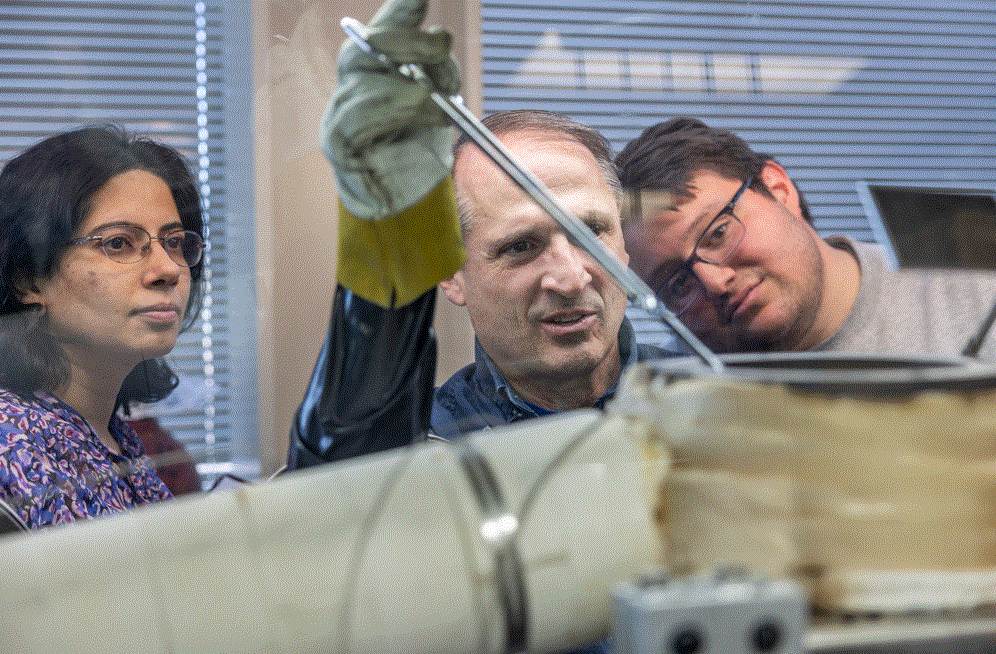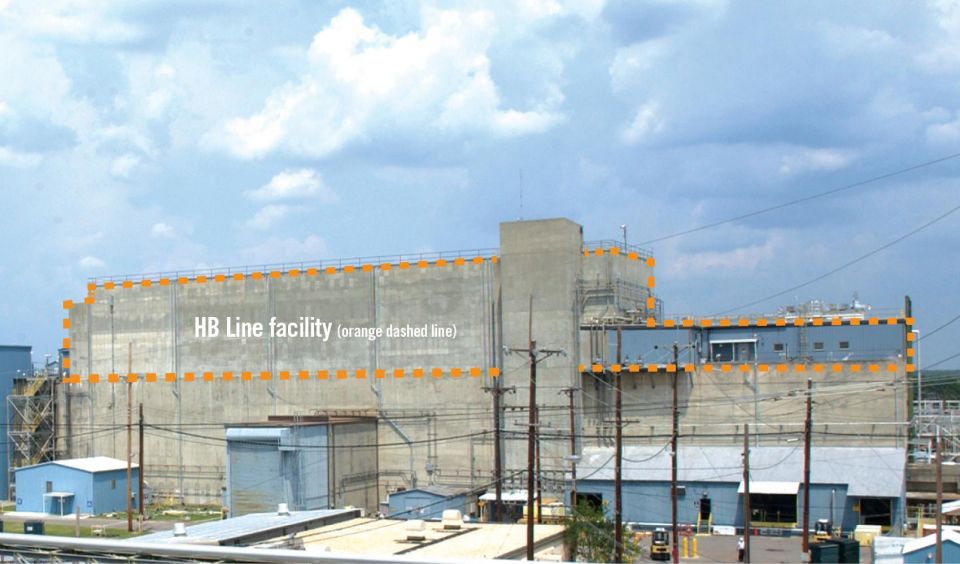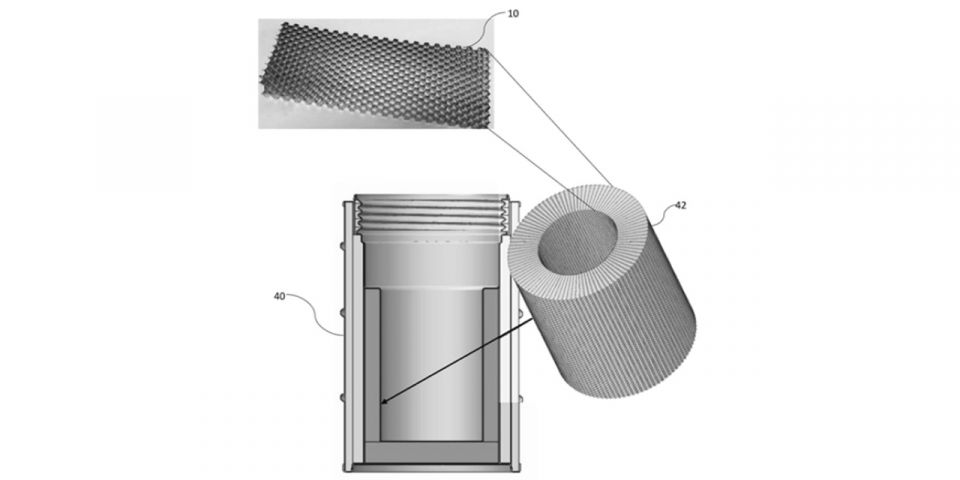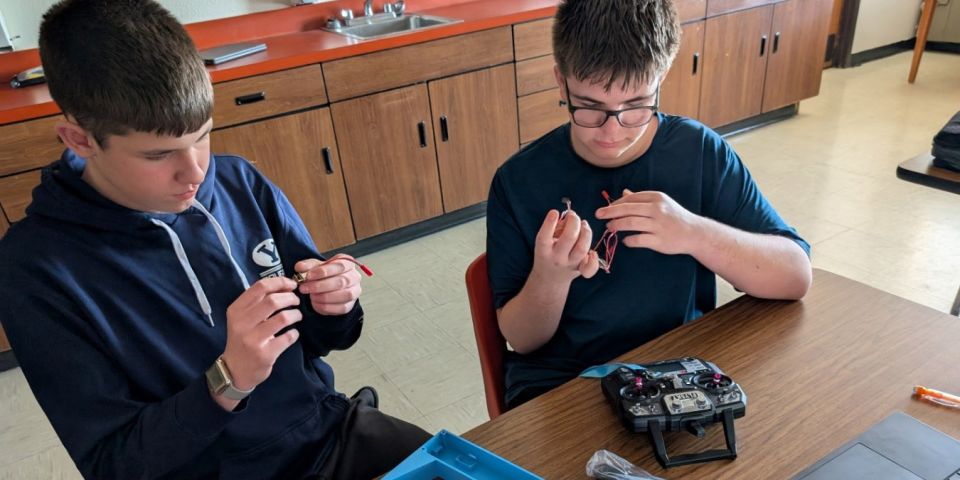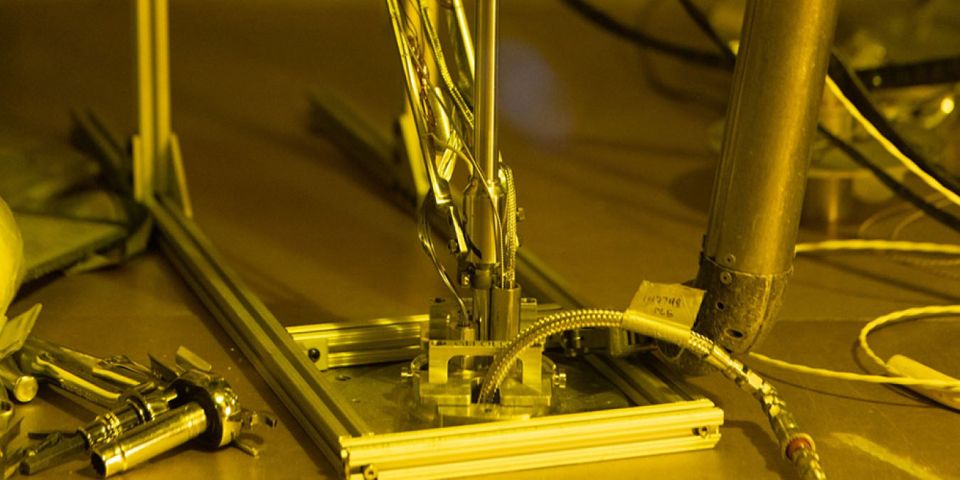Locked in glass: The vitrification of LLW streams
Using GeoMelt ICV technology to treat and immobilize problematic low-level wastes at INL and WCS.

When it comes to managing nuclear waste, technology is transforming the way some of the most problematic waste is handled. The idea to transform nuclear waste into glass was developed back in the 1970s as a way to lock away the waste’s radioactive elements and prevent them from escaping. For more than 40 years, vitrification has been used for the immobilization of high-level radioactive waste in many countries around the world, including the United States.



